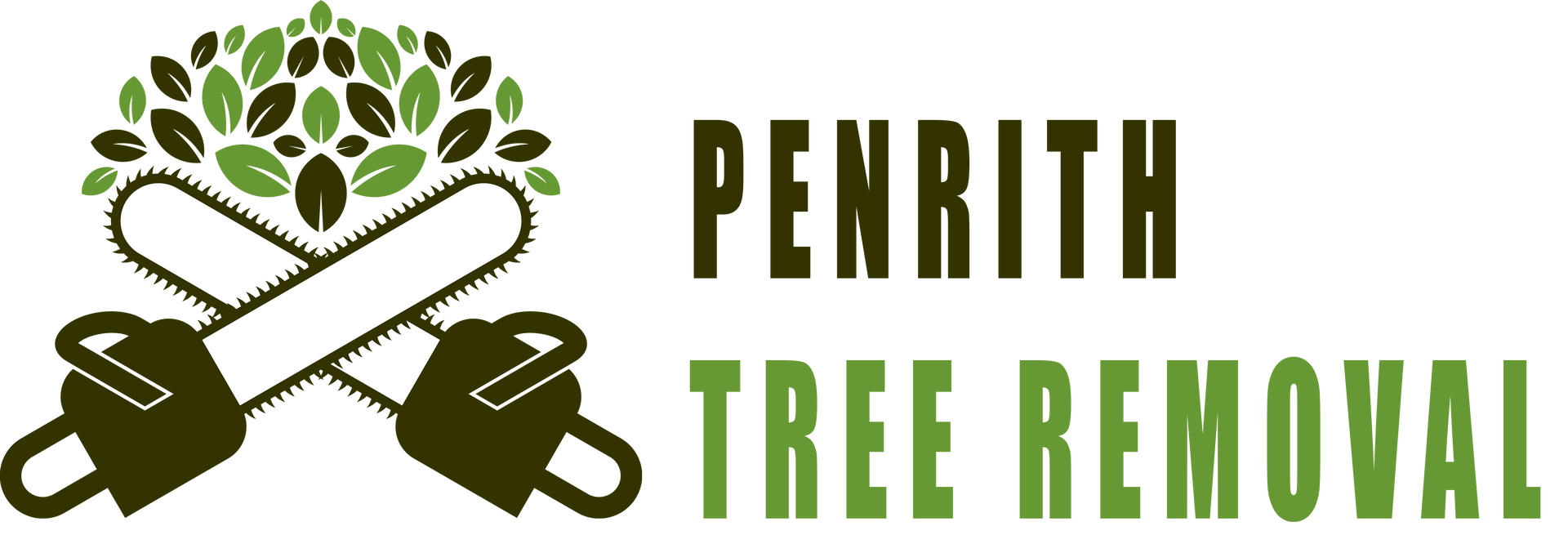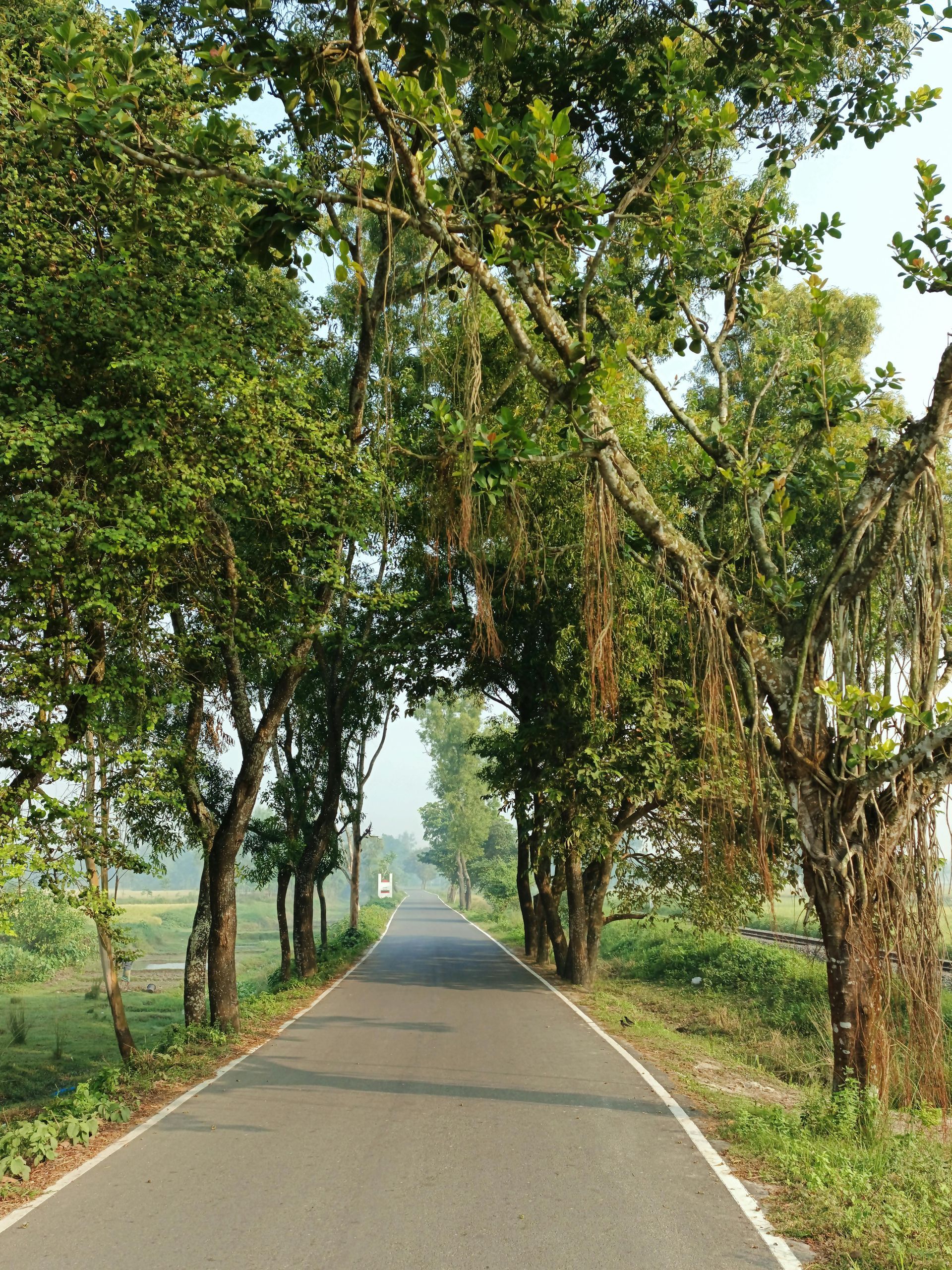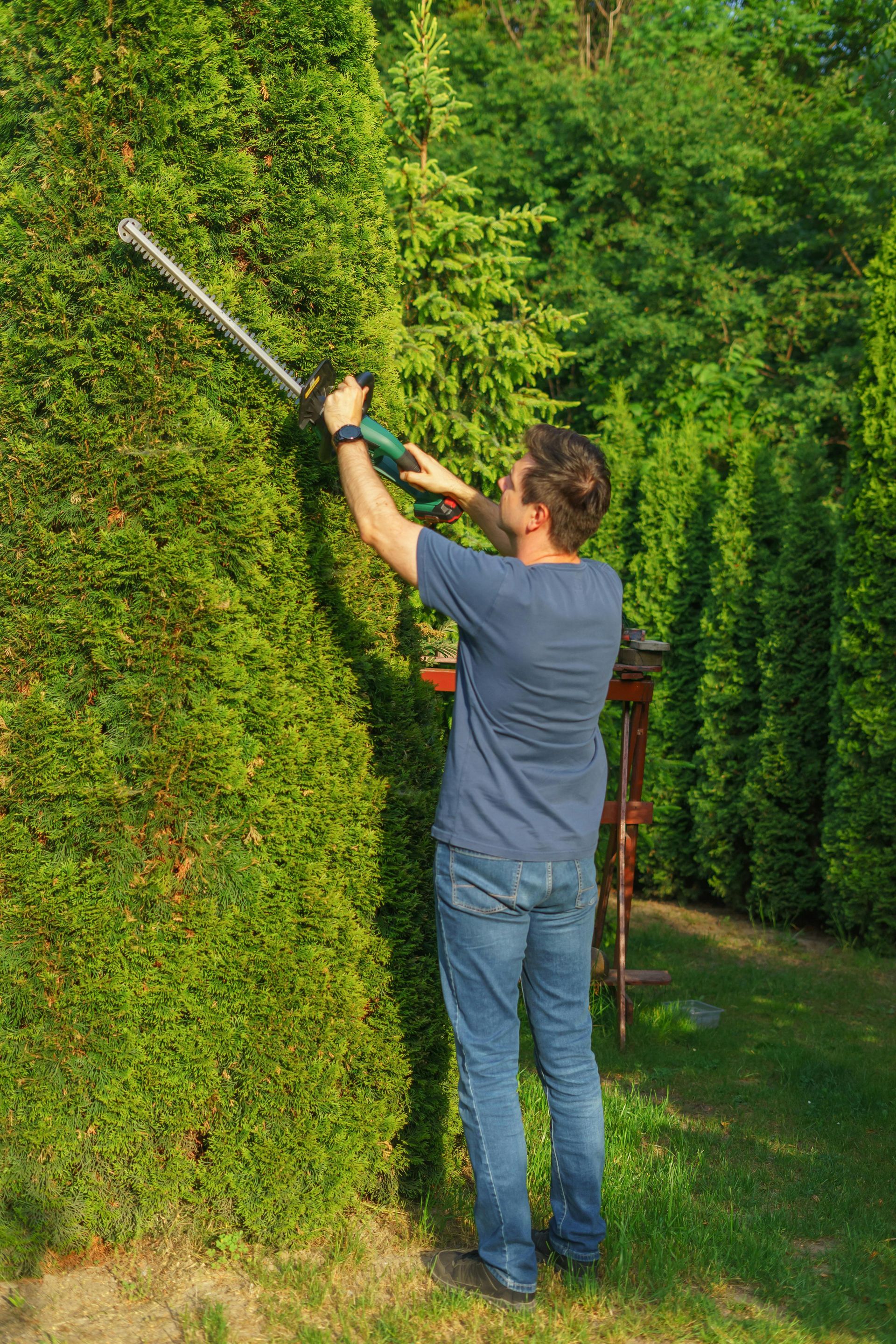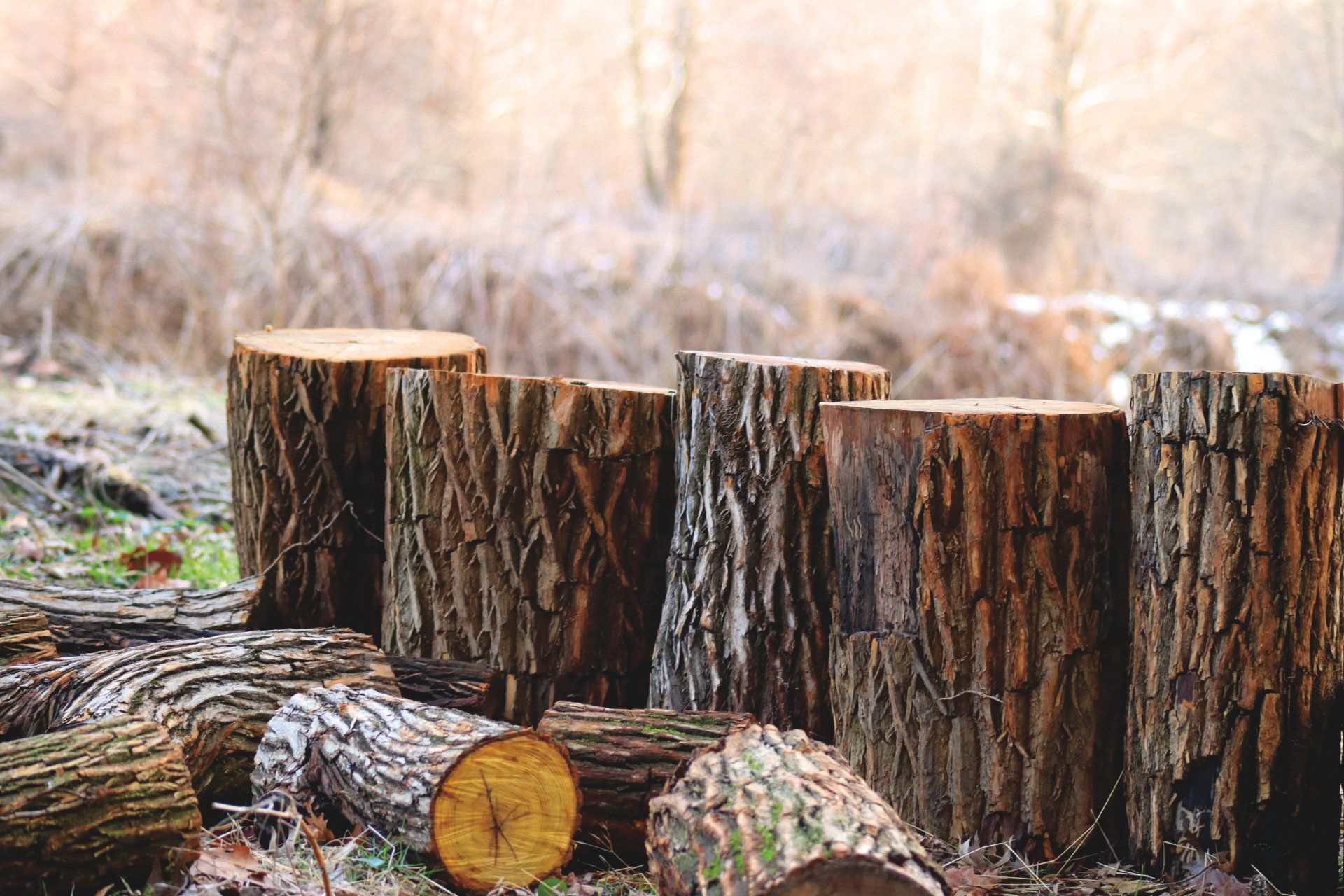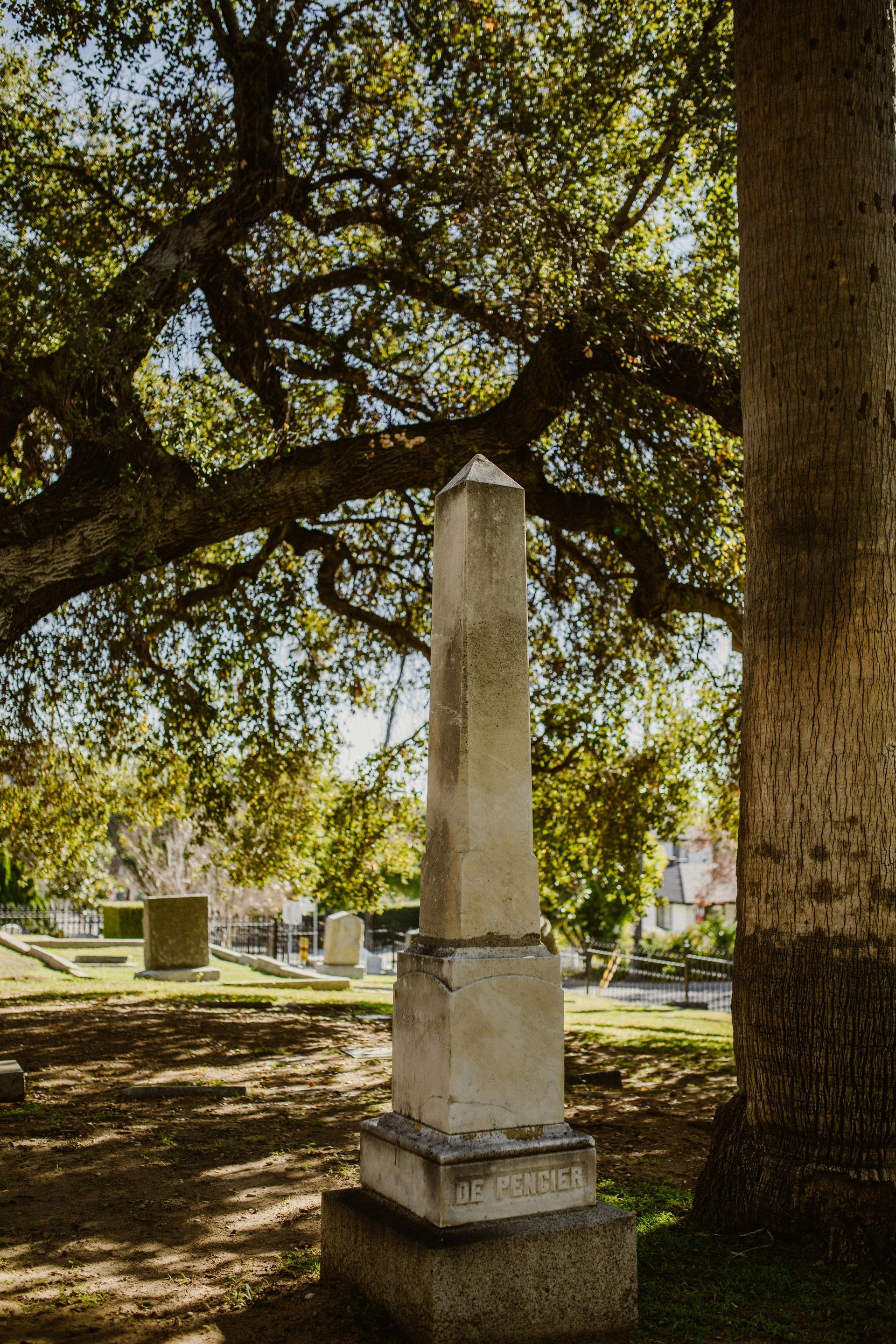Tree Fertilization: When and How to Feed Your Trees
To help trees thrive, it's important to understand how and when to fertilize them. Proper fertilization supplies essential nutrients that support healthy growth, improve resilience to diseases, and enhance overall vitality. In this guide, we'll explore the best practices for feeding your trees, ensuring they remain strong and beautiful for years to come. Whether you're a seasoned gardener or just starting, knowing the right time and method to fertilize your trees can make all the difference.
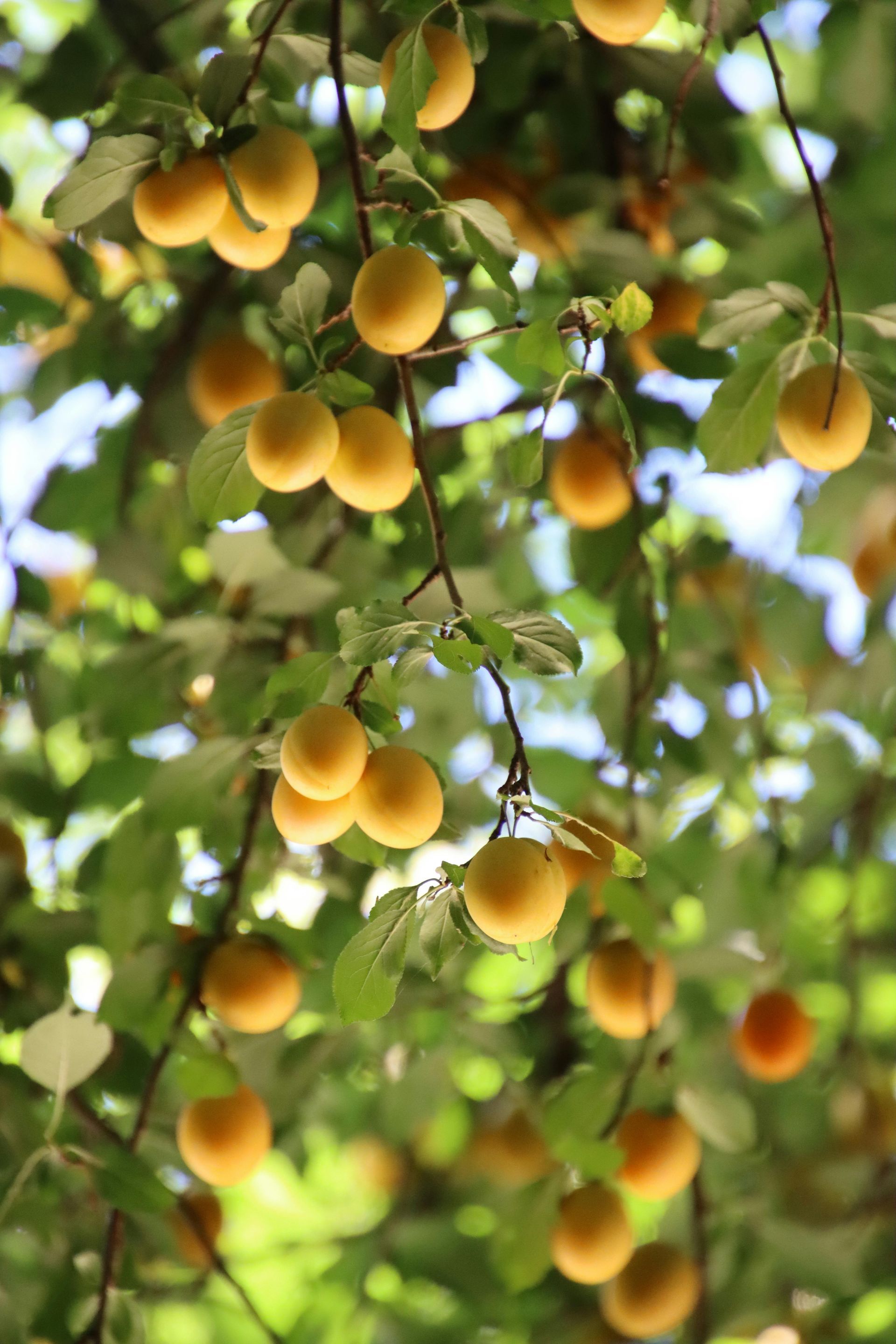
What is a Tree Fertilization Schedule?
A tree fertilization schedule outlines the best times and methods for applying nutrients to your trees. Just like any living organism, trees require specific nutrients to grow healthy and strong. These nutrients include nitrogen, phosphorus, and potassium, among others. A well-planned fertilization schedule ensures that trees receive these essential elements at the right time.
The timing of fertilization is crucial. Typically, the best time to fertilize trees is in early spring or late fall. In spring, trees are waking up from dormancy and are ready to absorb nutrients as they begin to grow. Fertilizing during this time helps support new leaf and root development. In late fall, trees prepare for winter, and applying fertilizer can boost their nutrient reserves, making them more resilient to cold weather.
The method of application also matters. There are several ways to fertilize trees: granular fertilizers can be spread around the base, while liquid fertilizers can be applied directly to the soil or foliage. It's important to follow the instructions on the fertilizer package for the best results. Over-fertilizing can harm trees, so proper measurement is essential.
Monitoring your trees is another key aspect of a fertilization schedule. Observing their growth and health can help you determine if they need additional nutrients. Signs of nutrient deficiency include yellowing leaves or stunted growth. If you notice these issues, it may be time to adjust your fertilization plan.
In summary, a tree fertilization schedule helps ensure that your trees receive the right nutrients at the right times. By understanding when and how to fertilize, you can promote healthy growth and longevity in your trees, contributing to a vibrant landscape.
Benefits of Tree Fertilization
Fertilizing trees offers numerous advantages that contribute to their overall health and vitality. By providing essential nutrients, you can enhance their growth, resilience, and appearance. Here are some key benefits of tree fertilization:
- Promotes Healthy Growth: Fertilization supplies essential nutrients that trees need for strong, healthy growth. Nitrogen, for example, helps produce lush green leaves, while phosphorus supports root development and flowering.
- Improves Disease Resistance: Trees that receive the right nutrients are better equipped to fend off diseases and pests. Healthy trees can recover more quickly from stress and damage, making them less susceptible to infections.
- Enhances Aesthetic Appeal: Well-fertilized trees are often more vibrant and attractive. They produce fuller canopies and more abundant flowers and fruits, enhancing the beauty of your landscape.
- Increases Fruit and Flower Production: For fruit and flowering trees, proper fertilization can lead to larger and more numerous fruits and blossoms. This not only benefits the tree but also attracts pollinators, contributing to a healthier ecosystem.
- Strengthens Root Systems: Fertilizing promotes root growth, allowing trees to absorb water and nutrients more effectively. Strong roots help trees withstand drought conditions and improve stability against strong winds.
- Encourages Faster Recovery: Trees that are fertilized regularly can recover more quickly from pruning, transplanting, or environmental stress. This resilience is crucial for maintaining the health of your trees over time.
- Supports Soil Health: Fertilizers can improve soil quality by enhancing microbial activity and nutrient availability. Healthy soil contributes to better tree growth and overall ecosystem health.
- Prevents Nutrient Deficiencies: Regular fertilization helps prevent deficiencies in essential nutrients. Signs of nutrient deficiency, such as yellowing leaves or poor growth, can be mitigated with proper fertilization.
- Increases Property Value: Healthy, well-maintained trees can significantly enhance the value of your property. Lush, vibrant trees create an inviting atmosphere and can attract potential buyers.
- Contributes to Environmental Health: Fertilized trees play a crucial role in improving air quality, reducing carbon dioxide levels, and providing habitat for wildlife. By caring for your trees, you contribute to a healthier environment.
Organic Tree Fertilization Methods
Organic tree fertilization methods focus on using natural materials to nourish trees while promoting soil health. These methods are environmentally friendly and can enhance the overall vitality of your trees. Here are some effective organic fertilization techniques:
- Compost
Compost is a rich, organic material created from decomposed plant matter, kitchen scraps, and yard waste. Adding compost around the base of trees provides essential nutrients and improves soil structure. It enhances moisture retention and promotes beneficial microbial activity in the soil. Spread a layer of compost in the spring or fall to give your trees a nutrient boost. - Mulching
Applying organic mulch, such as wood chips, straw, or shredded leaves, around your trees can help retain moisture, suppress weeds, and add nutrients as it breaks down. Mulch also regulates soil temperature, creating a more stable environment for roots. Make sure to keep the mulch a few inches away from the tree trunk to avoid rot. - Natural Fertilizers
There are several natural fertilizers that can be used to enrich the soil. Examples include fish emulsion, bone meal, and blood meal. Fish emulsion is high in nitrogen and promotes vigorous growth, while bone meal provides phosphorus for strong root development. Blood meal is another excellent nitrogen source. These fertilizers can be mixed into the soil around the tree or diluted and applied as a liquid feed. - Green Manures and Cover Crops
Planting cover crops, such as clover or vetch, can improve soil fertility when turned into the soil. These plants fix nitrogen, making it available for trees and other plants. Cover crops also enhance soil structure and prevent erosion. After their growing season, simply till them into the ground to enrich the soil. - Worm Castings
Earthworm castings are an excellent organic fertilizer, rich in nutrients and beneficial microbes. They can be mixed into the soil or applied as a top dressing around the base of trees. Worm castings improve soil fertility and structure, enhancing water retention and nutrient availability.
3 Nutrient Requirements to Boost Tree Growth
To thrive and reach their full potential, trees require a balanced supply of key nutrients. Among these, nitrogen, phosphorus, and potassium are essential for promoting healthy growth. Here’s a closer look at each nutrient and its role in boosting tree growth:
- Nitrogen (N)
Nitrogen is vital for overall tree health. It plays a crucial role in photosynthesis, the process by which trees convert sunlight into energy. Nitrogen helps produce chlorophyll, the green pigment that allows trees to capture sunlight effectively. This nutrient promotes lush leaf growth, making trees more efficient in energy production. A nitrogen deficiency can lead to yellowing leaves and stunted growth, indicating that the tree isn’t receiving enough of this essential nutrient. - Phosphorus (P)
Phosphorus is essential for root development and flowering. It helps trees establish strong root systems, which are crucial for absorbing water and nutrients from the soil. Additionally, phosphorus is vital for energy transfer within the tree, supporting processes like photosynthesis and respiration. Healthy root systems enhance a tree’s stability and drought resilience. When trees lack phosphorus, they may show poor growth, delayed flowering, or reduced fruit production. - Potassium (K)
Potassium is important for overall tree health and stress resistance. It helps regulate various physiological processes, including water uptake and enzyme activity. This nutrient plays a significant role in strengthening cell walls, making trees more resilient to diseases and environmental stressors, such as drought or extreme temperatures. Trees deficient in potassium may exhibit symptoms like browning leaf edges and increased susceptibility to pests and diseases.
Conclusion
Tree fertilization is a vital practice for ensuring the health and longevity of your trees. By understanding when and how to feed your trees, as well as recognizing the essential nutrients they require, you can create a thriving environment that supports their growth. The benefits of fertilization—ranging from improved disease resistance to enhanced aesthetic appeal—underscore its importance in landscape management.
Incorporating organic fertilization methods further promotes sustainability and soil health, allowing you to nourish your trees without harming the environment. By utilizing compost, natural fertilizers, and other organic techniques, you can effectively boost tree growth while contributing to a healthier ecosystem.
Ultimately, a well-planned tree fertilization schedule that focuses on the critical nutrients—nitrogen, phosphorus, and potassium—will lead to stronger, more resilient trees. As you implement these practices, you’ll not only enhance the beauty of your landscape but also foster a thriving habitat for wildlife and future generations to enjoy. With the right care and attention, your trees can flourish and continue to provide shade, beauty, and numerous benefits for years to come.
About Penrith Tree Removal
Penrith Tree Removal is a professional service focused on the safe and effective removal of trees in the Penrith area. They specialize in various tree-related tasks, including tree removal, stump grinding, and pruning, ensuring that trees are maintained for optimal health and safety. With a commitment to adhering to industry standards, their trained team utilizes advanced equipment and techniques to minimize risks during tree operations.
In addition to their core services, Penrith Tree Removal offers emergency tree services for situations involving storm damage or hazardous trees. They also provide expert consultation to help homeowners make informed decisions about tree care and maintenance. Committed to environmental responsibility, the company emphasizes recycling wood and green waste, contributing to a sustainable approach to tree management in the community.
